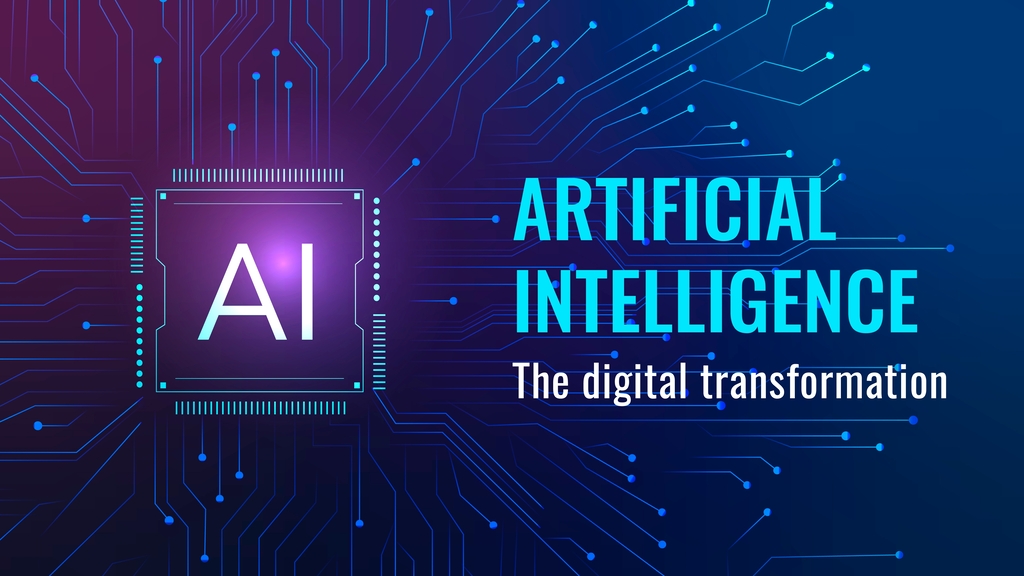
Exploring the Frontiers of Artificial Intelligence
Artificial Intelligence (AI) continues to push the boundaries of human achievement, redefining what machines are capable of. With its remarkable ability to learn, reason, and adapt, AI is revolutionizing industries, transforming society, and reshaping our perception of what is possible. In this article, we delve into the frontiers of AI, exploring cutting-edge advancements, emerging trends, and the potential impact of this transformative technology on our lives.
- Reinforcement Learning: Reinforcement Learning (RL) is a branch of AI that focuses on training machines to make decisions through trial and error. By leveraging rewards and punishments, RL algorithms enable machines to learn optimal behaviors in dynamic and complex environments. From teaching robots to perform complex tasks to developing self-learning game-playing agents, RL holds great promise for enabling AI systems to acquire new skills and adapt in real-time.
- Explainable AI: As AI systems become increasingly complex and integrated into critical domains, the need for explainable AI becomes paramount. Explainable AI aims to bridge the gap between AI’s decision-making processes and human understanding by providing transparent and interpretable explanations for the outcomes generated by AI algorithms. This field of research ensures that AI is not a “black box” and enables humans to trust and comprehend the reasoning behind AI-driven decisions.
- Generative Adversarial Networks: Generative Adversarial Networks (GANs) are a class of AI models that have gained significant attention for their ability to generate realistic and high-quality synthetic data. GANs consist of two neural networks: a generator network that produces new data samples, and a discriminator network that evaluates the authenticity of these samples. GANs have shown promise in various applications, including generating lifelike images, creating synthetic voices, and advancing the field of creative arts.
- Edge Computing and AI: The convergence of AI and edge computing has the potential to revolutionize the way we process and analyze data. Edge computing involves processing data closer to the source, at the edge of the network, rather than relying solely on centralized cloud servers. By bringing AI capabilities to edge devices such as smartphones, wearables, and IoT devices, real-time AI inference and decision-making become possible. This integration opens up new possibilities for AI-driven applications in areas with limited connectivity or stringent latency requirements.
- AI in Healthcare: The healthcare industry stands to benefit immensely from AI advancements. AI-powered diagnostic systems can analyze medical images, detect abnormalities, and aid in the early detection of diseases. Natural Language Processing (NLP) techniques enable AI systems to extract insights from medical literature, assisting in evidence-based decision-making. AI-driven predictive models can also identify patterns and risk factors for various diseases, enabling personalized treatment plans and improving patient outcomes.
- AI for Climate Change and Sustainability: As the urgency to address climate change intensifies, AI is emerging as a valuable tool for environmental sustainability. AI can optimize energy consumption, enhance resource management, and facilitate the development of smart grids. Machine learning algorithms can analyze vast amounts of environmental data, helping researchers and policymakers gain insights into climate patterns, predict natural disasters, and inform mitigation strategies.
Conclusion:
The frontiers of AI are expanding at an unprecedented pace, driving innovation and unlocking new possibilities. From reinforcement learning and explainable AI to generative adversarial networks and edge computing, these advancements are revolutionizing industries, transforming healthcare, and addressing critical global challenges. As we explore the frontiers of AI, it is essential to continue fostering responsible development, ethical considerations, and collaboration between humans and machines. By doing so, we can harness the full potential of AI to create a better and more intelligent future for all.
